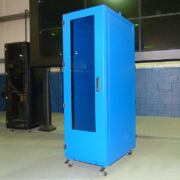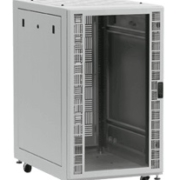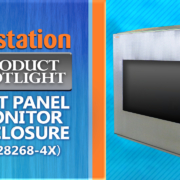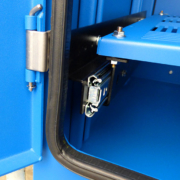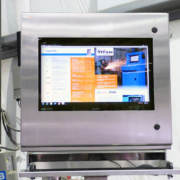Deploying Computer Enclosures Outdoors
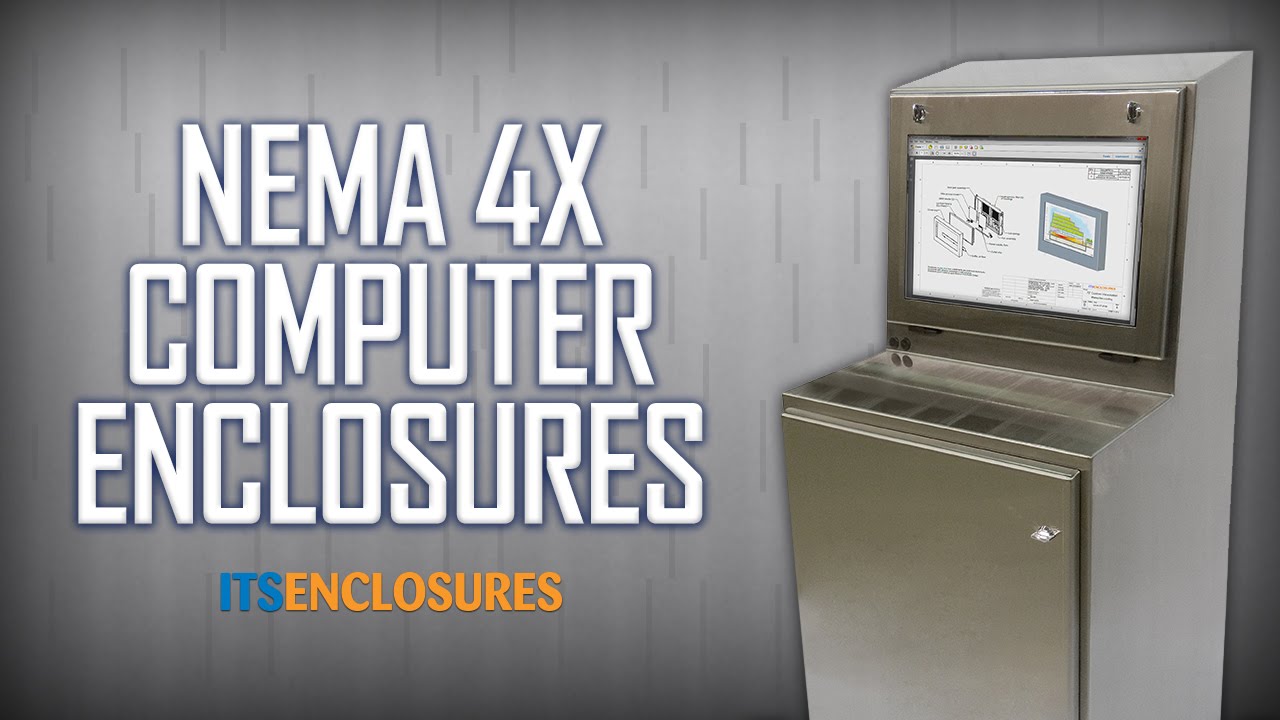
When deploying computer enclosures in outdoor environments, the installation will present a unique set of challenges. The risk of equipment failure requires computer equipment to withstand solar heat, rain, snow, sleet, and extreme temperatures. In addition to environmental concerns, one must consider the technical aspects involved in installing electronics in the outdoors. To be effective, the internal assembly must be designed to withstand harsh conditions and offer the necessary security to protect equipment.
These items should be considered prior to installing environmentally protected computer enclosures:
Temperature Extremes
If the proper heating and cooling are not incorporated into the system, computer enclosures – deployed in extreme warm or cold environments – will not fare well. Natural convection cooling is not an option for all-weather, outdoor enclosures. A closed loop cooling or internal heating system is vital for keeping outside elements away from the internal electronics, while maintaining the appropriate operating temperatures. Heat exchangers, vortex cooling units, and outdoor rated air conditioners are all feasible closed loop cooling systems. Heat build-up, from direct sunlight, may require insulation inside of the enclosure. Prior to installing the cabinet, consult an enclosure expert for a thermal management recommendation.
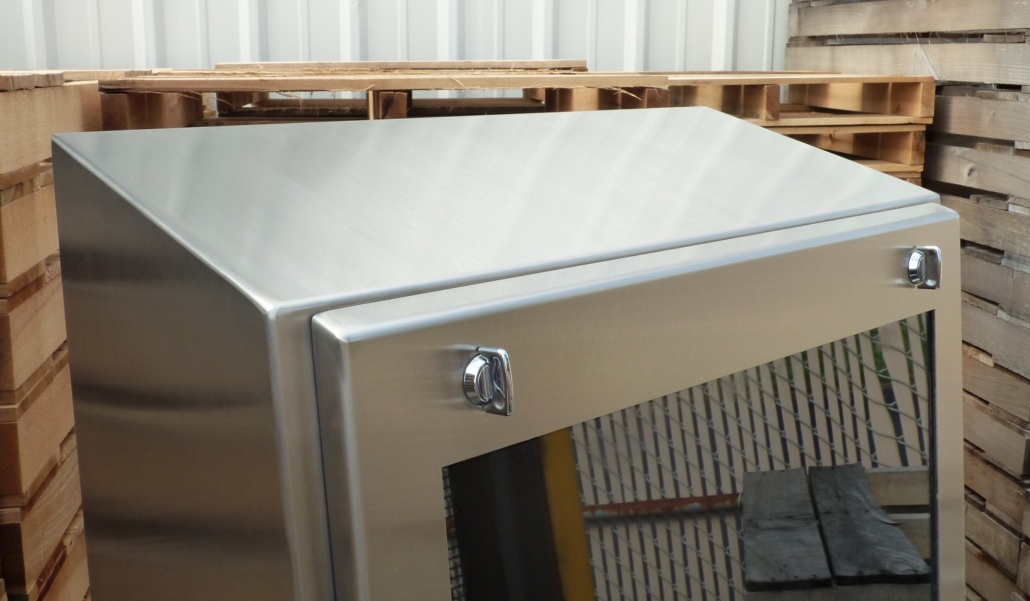
Environmental Elements
Electronics and liquids do not mix! Water can negatively affect the exterior and interior of an enclosure. If the correct enclosure is not specified, liquid can enter the enclosure through inferior gasket or door openings. Additionally, differences in ambient air temperatures can cause condensation to form on the inside of the enclosure. Condensation may form as the temperature cools at night or when the equipment is powered down during off hours. Moisture will most likely lead to corrosion that will affect the lifespan of the electronics. In addition, unwanted dust and dirt – within an enclosure – drastically increases the chance that electronics will overheat or cause a failure.
NEMA Rating
If utilizing an enclosure in demanding environments, a NEMA 4 enclosure should be selected. NEMA 4 computer enclosures (powder coated steel) protect against most weather conditions (rain, sleet, snow), and damaging dirt and dust. If the enclosure will be exposed to corrosive materials (salt air, heavy washdown, harsh chemicals), the protection of a stainless steel NEMA 4X cabinet may be necessary. In addition, a NEMA 4X enclosure will absorb and conduct heat more efficiently than other materials – stainless steel enclosures are especially advantageous in a direct sunlight application. NEMA 4/4X enclosures feature heavy-duty gasket, hinges, and latches to eliminate points of entry for water, oil, dirt, and dust.
Cable Access
How the enclosure will receive power is often an oversight when installing a NEMA 4 or 4X enclosure. Because these enclosures almost never feature any type of split panels or general openings for cable pass through, a sealed cable entry gland – that will maintain the NEMA rating – is a must! NEMA 4X rated cable glands will prevent dust, dirt, and water from entering the enclosure through even the smallest hole. Failure to pay attention to cable access will jeopardize the enclosure system.
When planning a waterproof, computer enclosure deployment, failing to take these considerations into account will lead to unwanted, and often costly, problems. Guarantee performance, quality, reliability, and the maximum life span of electronics with a ‘built-to-last’ enclosure solution. Research, completed at the beginning of the process, will lead to a solution that will protect for many years into the future!
HAVE QUESTIONS? LET US KNOW HOW WE CAN BEST ASSIST YOU! CONTACT AN ‘ITSENCLOSURES EXPERT’ AT 1-800-423-9911 -or- SEND US AN EMAIL: INFO@ITSENCLOSURES.COM

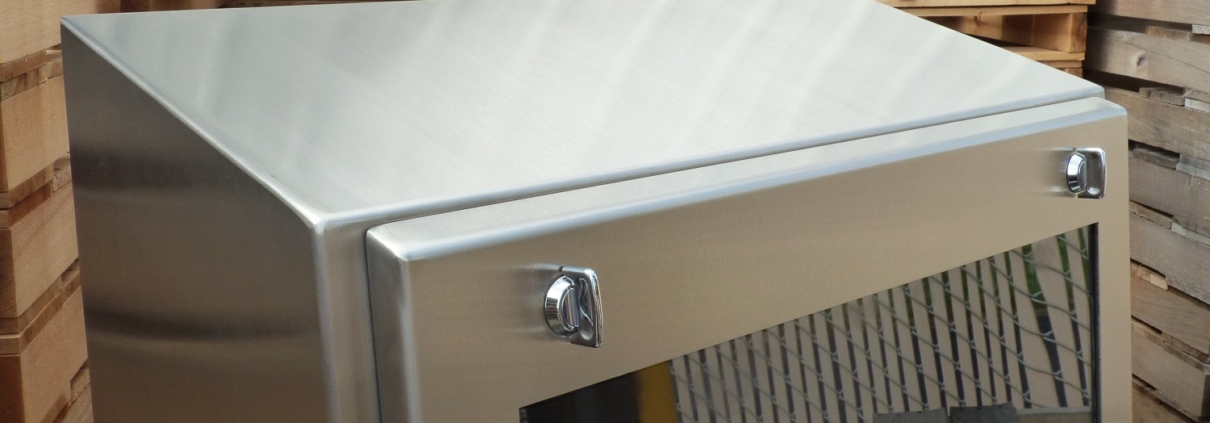
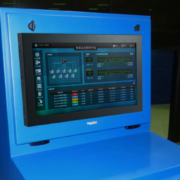
 ITSENCLOSURES, 2022
ITSENCLOSURES, 2022 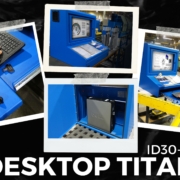 Copyright 2023
Copyright 2023 